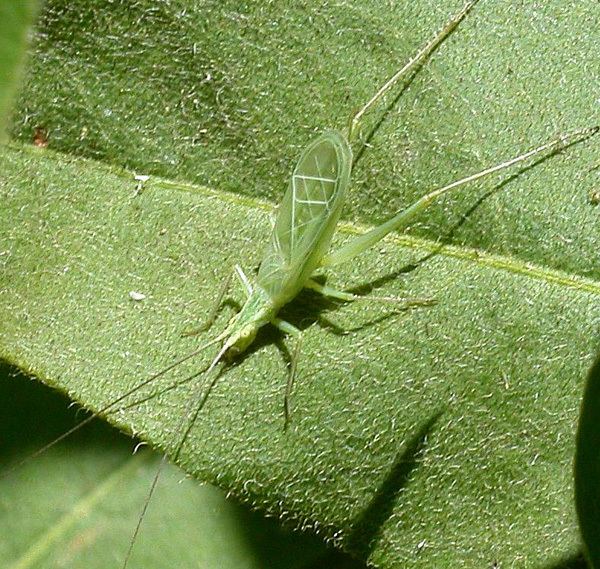 | ||
Dolbear's law states the relationship between the air temperature and the rate at which crickets chirp. It was formulated by Amos Dolbear and published in 1897 in an article called "The Cricket as a Thermometer". Dolbear's observations on the relation between chirp rate and temperature were preceded by an 1881 report by Margarette W. Brooks, although this paper went unnoticed until after Dolbear's publication.
Contents
Dolbear did not specify the species of cricket which he observed, although subsequent researchers assumed it to be the snowy tree cricket, "Oecanthus niveus". However, the snowy tree cricket was misidentified as O. niveus in early reports and the correct scientific name for this species is Oecanthus fultoni.
The chirping of the more common field crickets is not as reliably correlated to temperature—their chirping rate varies depending on other factors such as age and mating success. In many cases, though, the Dolbear's formula is a close enough approximation for field crickets, too.
Equations
Dolbear expressed the relationship as the following formula which provides a way to estimate the temperature TF in degrees Fahrenheit from the number of chirps per minute N60:
This formula is accurate to within a degree or so when applied to the chirping of the field cricket.
Counting can be sped up by simplifying the formula and counting the number of chirps produced in 15 seconds (
Reformulated to give the temperature in degrees Celsius(°C), it is:
A shortcut method for degrees Celsius is to count the number of chirps in 8 seconds (
The above formulae are expressed in terms of integers to make them easier to remember—they are not intended to be exact.
In popular culture
This formula was referenced in an episode (Season 3, Episode 2, "The Jiminy Conjecture") of the American TV sitcom The Big Bang Theory (although Sheldon referred to Amos Dolbear as Emile Dolbear and gave the year of publication as 1890). It is also referenced in two episodes ("Highs and Lows", "Jungles") of the British comedy show QI.
